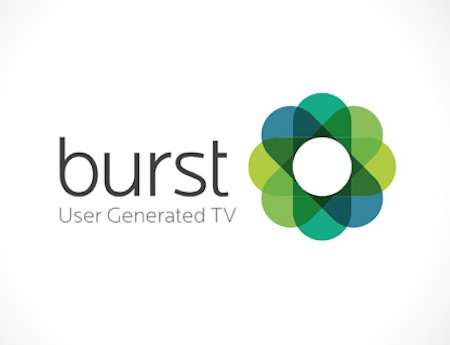Looking for User-Generated Content to Be Built Into Broadcasts

In recent years, traditional broadcasters have dabbled with the inclusion of user-generated content. A tweet here, a Facebook post there, maybe even a video if they’re feeling bold.
Bryant McBride wants broadcasters to stop dabbling, and start making user-generated content an everyday part of their productions. “The production quality used to be a concern, always asking whether the footage was good enough, that we didn’t just want anything [broadcast],” the founder and CEO of Boston-based Burst, which specializes in mobile-to-broadcast solutions, said in a statement. “That wall has crumbled, quickly. The quality of the capture device in your pocket is such that it’s more than good, it’s the norm.”
On July 11, Burst announced it’s releasing Burst User-Generated TV (BUG TV), a digital platform offering that allows broadcasters to insert user-generated video into linear content, or even create entire shows using just user-generated content, and do so in real time. Combined with Burst’s over-the-top solution, McBride said he believes his company has found a way for broadcasters to profit off a largely untapped market.
“What we haven’t seen offered in depth is participation,” he said. “To put it in text context, many people will skip articles and simply go to comments to get a gist of what’s going on, for texture about what the main article is about. To put that into OTT, there are pieces of that already out there that allows viewers to participate with the stars, directors and producers.” He pointed to Talking Dead, the after-show for The Walking Dead, which puts fan discussions about the popular AMC show front and center. Now imagine every show having the ability to do that, McBride said.
“We want to allow viewers to participate directly with the show, if they see something they like, see something they want to comment on, to be able to use a very simple interface to comment on and lend to the production, in which then the show can use it as shoulder programming, to complement their stories, use it in any way, shape or form, like picture-in-picture, that allows for an element that is becoming a standard, especially among younger viewers,” McBride said. “The industry has said quite clearly that viewers want to participate.”
Burst—which counts Sinclair Broadcast Group, Fox Sports Australia and Accu-Weather among its customers—is hoping that what viewers currently do with comment sections, social media and blogs will happen with video as well. Further, they’re hoping broadcasters will latch on to the idea of turning traditional TV into something more akin to YouTube. “It’s really just harnessing the ubiquitous nature of that capture device in your pocket, and doing that in a way, in a very short time period, [that] allows a storyteller or producer to harness all of that gold, and curate it quickly, and showcase it quickly, not just on digital, but on traditional television, at unit production costs that are pennies compared to what a traditional effort like this would take,” McBride said.
Before its latest announcement, it had already been a busy few weeks for Burst—in late June, the company launched its Burst On TV platform and Burst Real-Time Commercial Solution.
Broadcasting & Cable Newsletter
The smarter way to stay on top of broadcasting and cable industry. Sign up below
The former allows journalists, consumers and others to put their video into live media streams, without requiring the use of a mobile app; the latter lets advertisers create ads with real-time, curated, user-generated content for broadcast, OTT and digital applications.
“Burst’s new offerings serve as a conduit for brands and consumers to engage around shared passion points,” said John Finger, director of business strategy for Horizon Media, one of Burst’s customers. “Whenever that type of authentic, one-to-one interaction or dialogue is achieved, there are real and measurable benefits to both parties.”










